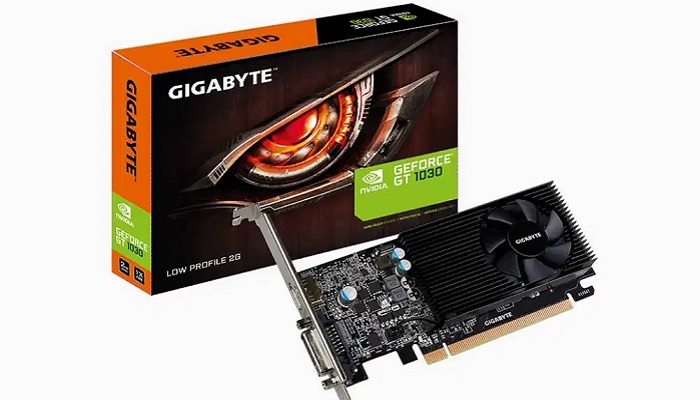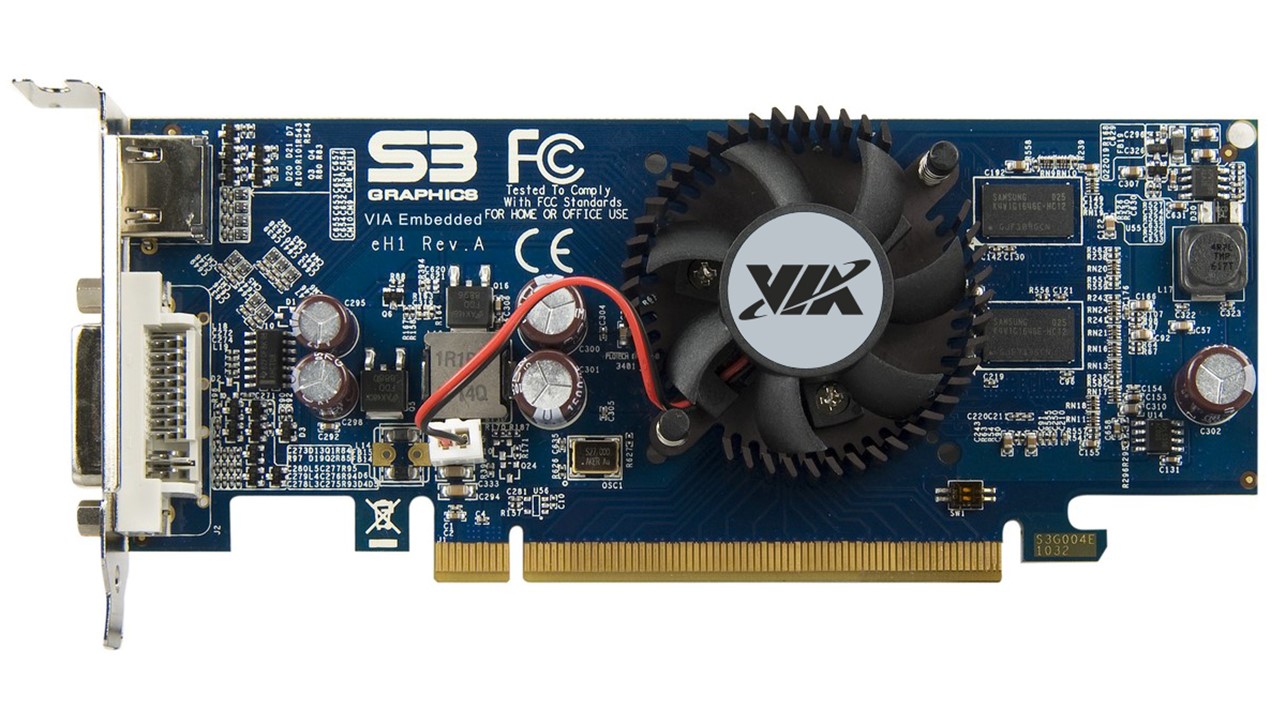In This Article
What is Bit in Graphics Card?
Bit in the graphics card denotes the width of the memory bus. Also called the bit width, a higher bit implies that more data can flow through it between the graphics processor and the memory.
In simple terms, a bit in a graphics card indicates the number of data bits that can be sent at a time or in one clock cycle.
KEY TAKEAWAYS
- The number of bits of a graphics card represents the bandwidth where more of it will result in a faster and better performance but how much it will be will depend on the clock speed and the power of the GPU itself.
- Depending on the age and design, the graphics cards can come with 128 bits or more or less.
- The bits of a graphics card is important because it tells about the size of the interface, the amount of data that can flow through it and helps in comparing different graphics cards belonging to the same generation.
Understanding Bit in Graphics Card

Bits in the graphics card, generally speaking, refer to the memory bandwidth, where the more it is, the better and faster will be the performance.
In simple terms, it signifies the width of the memory bus of the graphics card.
However, it does not mean that higher the bit rate will translate to higher performance and speed automatically.
It also depends on the speed.
For example, a graphics card with a lower bus width, say 128 bits and with a higher clock speed, can deliver the same result as a 256 Bits graphics card operating at a lower clock speed.
It is also true the other way around.
Therefore, just as the bits of a graphics card is important and tells about the amount of data that flows between the memory of it and the processor at one time, the clock speed is also very important.
This is measured in MHz and indicates the number of times you can send data across in one second.
Together, the bit rate and the clock speed will let you know about the actual bandwidth of the graphics card.
This is not very difficult to calculate. All you have to do is:
- Multiply the bit rate with the clock speed and
- Divide the result by 8 to get the bandwidth in bytes.
Typically, the graphics cards get all the necessary data from one common area or the RAM.
It sends the data to the respective cores as fast as possible so that it can be rendered as quickly by sending the finished image data as promptly as possible to the frame buffer.
All this needs a huge amount of bandwidth in both the directions across that memory bus.
This is what the bit rate of a graphics card indicates.
What Does Bit Mean on a Graphics Card?

According to the definition, bits refer to the memory bus width, as said earlier, through which data is moved from the memory of the graphics card to the processor.
It is like a gate or a lane, which will allow flowing out more data through it in every clock cycle if it is wider.
However, the easiest way to understand it is to remember the following three easy points:
- It is a memory interface
- The larger it is, the more data will flow through it and
- The more data flow, the faster will be the processing and signal transfer.
However, if the GPU itself is quite weak and is unable to move data faster through it then the larger size of the memory bus will have no significant effect on the overall performance.
Looking at it from the other side, even if you have the fastest Graphics Processing Unit in your system in the world, it will sit idle for most of the time and will not be able to send large amounts of data if you connect it to a low 16 Bit data bus.
Therefore, if you really want to make your GPU work properly and keep it busy with continual and rapid data feed, you will need both a reasonably high clock speed and bit rate.
This will surely help in overcoming the bottleneck.
Today, almost all entry level graphics cards usually come with a 64 bit data bus, not higher.
This is mainly because these graphics cards normally do not have that many cores to feed with data.
And, some older models also come with a 128 bit memory bus but with a DDR3 or Double Data Rate 3 RAM.
Therefore, if you think that these graphics cards will deliver twice the speed and level of performance as a 64 Bit graphics card, you will be quite surprised.
This is because the pathetically slow DDR3 RAM will prevent them from doing that and therefore you will not have a positive user experience.
Is Bit Important for Graphics Cards?
Yes, it is quite important because it lets you know about the size of the interface between the memory and the GPU.
You can then have an idea about the amount of data it can send across.
However, assuming that the clock frequencies of the graphics cards are the same, the bit rate only should not be your selection criterion.
The type and other features of the graphics are also equally important.
This is where things can become a bit complicated for a novice but the good news is that the manufacturers of the graphics cards are more concerned about the overall performance of their products.
It is for this reason they are adding other innovative and useful features such as hardware compression on textures.
This ensures that the bus width has little or no effect on the overall performance of the graphics card.
In short, bits of a graphics card are important in the following aspects:
- To know the amount of data that can flow through the bus at a time
- To calculate the total memory bandwidth of e graphics card and
- To compare different graphics cards within the same generation.
However, it is not that important that it would dictate the performance of the graphics cards, which is typically determined by other vital parameters such as:
- The total memory bandwidth, which however includes bits along with MHz
- The core speed of the GPU
- The number of shaders in it and
- The number of texture units.
Therefore, if any one of these additional factors is weak, it will affect the performance of the graphics card overall.
Conclusion
So, you can see that the bit in a graphics card is an important factor but is not the only one to deduce the performance of it.
As pointed out in this article, there are other attributes, which, when better, gives a distinct edge to the performance of a Graphics Processing Unit.